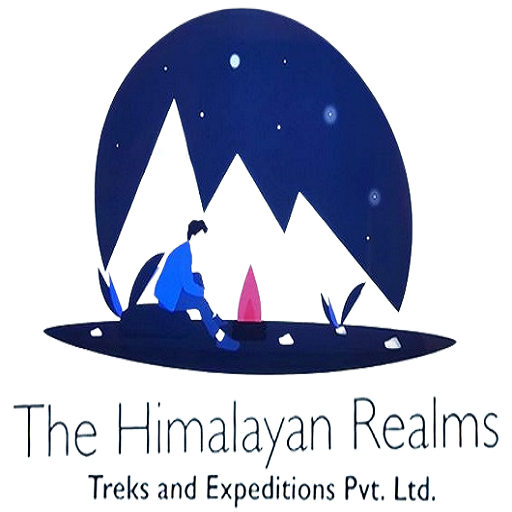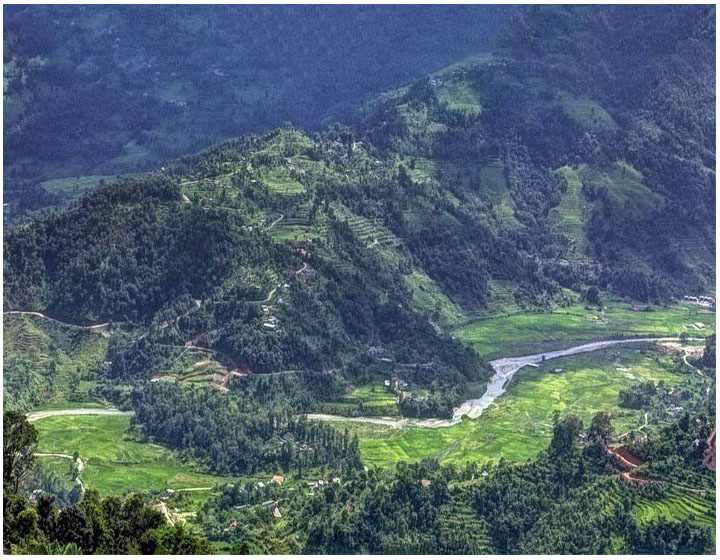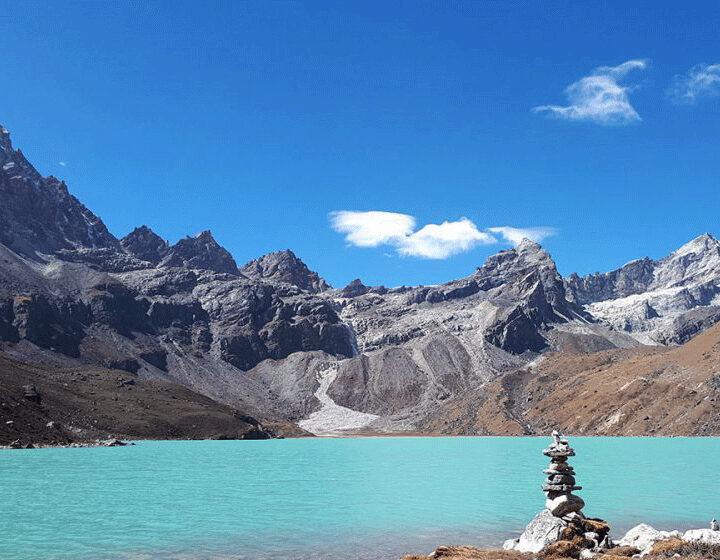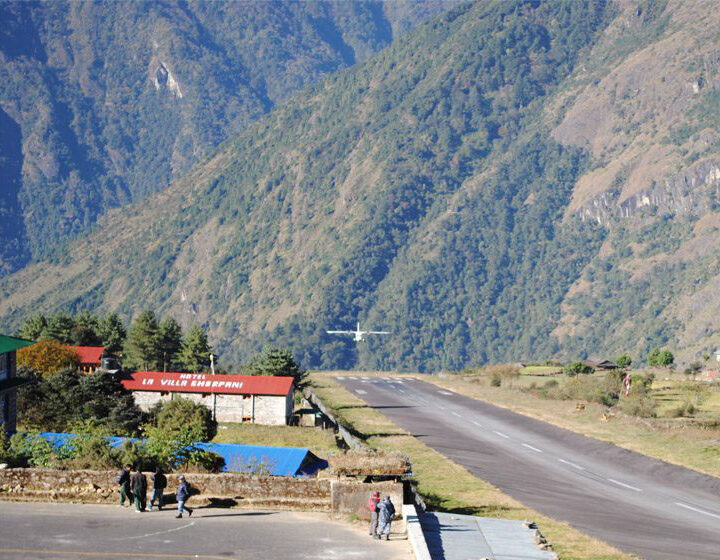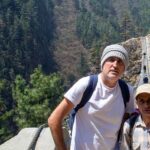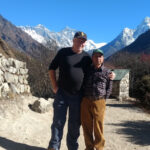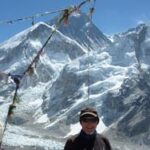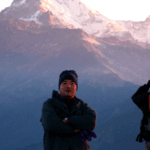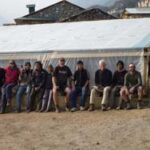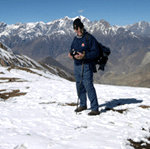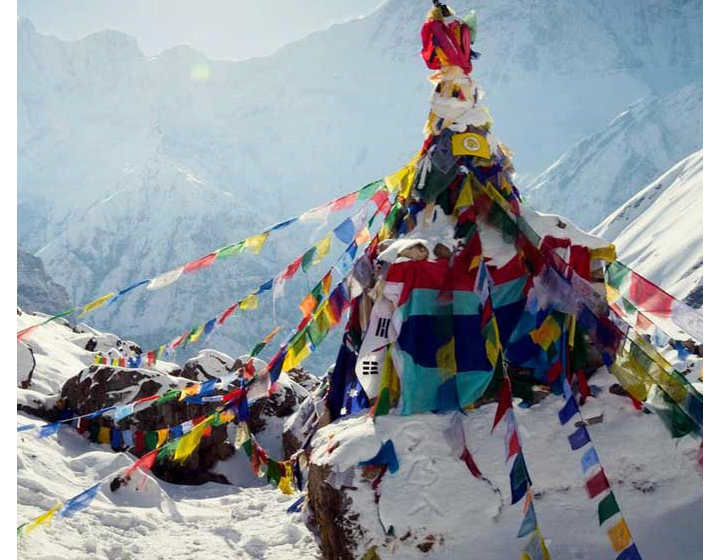
- Details
Itinerary
Itinerary- Tour Includes/Excludes
- Useful Info
- FAQ
Trip overview
Overview: Pikey Peak 7-days
Why Choose Pikey Peak Trek?
Stunning Mountain Views:
Short and Rewarding Adventure:
Popular Route of Pikey Peak Trek:
Day 1: Drive from Kathmandu to Dhap (2,900m) – 7-8 hours
Scenic drive through rolling hills and terraced farmlands. Overnight stay in Dhap village.
Day 2: Trek from Dhap to Jhapre (2,820m) – 5-6 hours
Gradual trail with views of Everest and Numbur Himal. Explore monasteries and local Sherpa culture in Jhapre.
Day 3: Trek from Jhapre to Pikey Base Camp (3,640m) – 6-7 hours
Trail passes through alpine forests and yak grazing lands. Close-up views of the Himalayas begin to appear.
Day 4: Hike to Pikey Peak (4,065m) & trek to Loding (2,515m) – 7-8 hours
Early morning ascent to catch sunrise from the summit. Panoramic views of Everest, Makalu, Kanchenjunga, Annapurna, and more. Descend to Loding for overnight stay.
Day 5: Trek from Loding to Junbesi (2,675m) – 5-6 hours
Visit the famous Thupten Chholing Monastery. Enjoy the cultural richness of the Sherpa village of Junbesi.
Day 6: Trek from Junbesi to Phaplu (2,470m) – 4-5 hours
Easy walk through forests and traditional villages. Rest and explore Phaplu.
Day 7: Drive or fly from Phaplu to Kathmandu – 7-8 hours by road / 35-minute flight
After an incredible journey through the Himalayas, return to Kathmandu by flight or drive, reflecting on the adventure and unforgettable memories. Enjoy a final evening in the capital, exploring local markets, dining on Nepali cuisine, or simply relaxing before departure. A perfect end to a remarkable trekking experience.
Starting Point: Dhap or Phaplu:
Major Stops En Route:
Lifestyle and Culture Along the Trail:
Monasteries and Festivals:
Daily Life:
Vegetation and Natural Beauty:
Wildlife:
Atmosphere and Weather:
Weather and Best Time to Visit:
Sunrise from Pikey Peak:
Services by The Himalayan Realms Treks :
Experienced Guides and Porters:
Accommodation and Meals:
Transportation and Logistics:
Eco and Ethical Tourism
Ideal for All Trekkers:
The Pikey Peak Trek is perfect for trekkers of all levels, from beginners to experienced hikers. With its moderate altitude and well-marked trails, it offers a comfortable yet rewarding Himalayan experience. The highest point, Pikey Peak (4,065m), provides breathtaking views of Everest, Makalu, and Kanchenjunga without the challenges of high-altitude trekking. The route passes through scenic villages, forests, and cultural landmarks, making it both accessible and enriching. Its short duration and flexible itinerary suit families, solo travelers, and groups alike. Ideal for those seeking natural beauty, cultural insight, and peaceful trails, Pikey Peak is a hidden gem in the lower Everest region.
Suitable for Beginners:
Great for Photographers and Nature Lovers:
Optional Extensions:
For those seeking a longer adventure, the Pikey Peak Trek offers several rewarding extensions. You can continue toward the Dudh Kunda (Sacred Milk Lake), a holy site nestled beneath Mt. Numbur. Another popular option is to connect with the classic Everest trail via Junbesi, visiting the historic Thupten Chholing Monastery. Cultural enthusiasts may extend their stay in Phaplu or explore nearby Sherpa villages for a deeper local experience. These add-ons not only enhance the journey with spiritual and scenic highlights but also allow for a more immersive exploration of the Solu region’s diverse landscapes and traditions.
Visit to Thuptenchholing Monastery:
Combine with Cultural Tours:
Conclusion:
Itinerary
Your Pikey Peak adventure begins with a long but scenic drive from Kathmandu to Dhap. The journey winds through lush hills, terraced fields, and charming villages, offering glimpses of rural life and distant Himalayan peaks. Dhap, a small settlement on the edge of the Solu region, welcomes you with cool mountain air and local hospitality. Settle into a cozy teahouse and prepare for the trek ahead. The views of Numbur Himal and the remote atmosphere make Dhap a perfect launching point for your lower Everest trekking experience.
Start your trek with a gradual ascent through rhododendron forests and charming hillside settlements. The trail provides early views of Numbur Himal and Everest. As you walk through pine forests and stone-paved paths, you’ll pass Buddhist chortens and prayer flags fluttering in the breeze. Arrive in Jhapre, a peaceful village perched above a deep valley with a stunning viewpoint for sunset. Explore the local monastery and enjoy warm hospitality from local villagers. The evening offers serene Himalayan views and a sense of isolation from the bustling world. Overnight at a teahouse in Jhapre.
Today’s journey involves a steady climb through alpine meadows and yak pastures. As you ascend, the trail opens up to breathtaking views of the Everest range, Thamserku, and Gauri Shankar. The path winds through lush rhododendron forests and open ridges, with occasional encounters with grazing yaks and herders. Reach Pikey Base Camp, located beneath the majestic Pikey Peak. The atmosphere is tranquil, with stunning sunsets and starry skies. Prepare for the next day’s early morning summit push. Overnight at a basic teahouse or lodge.
Wake early to hike up to Pikey Peak for a spectacular sunrise view. On a clear day, you’ll see panoramic views of Mt. Everest, Kanchenjunga, Makalu, Dhaulagiri, and even Annapurna. The golden light over the Himalayas is an unforgettable sight. After taking in the views, descend through forests and alpine meadows to Loding. This descent offers a rewarding contrast of landscapes, from barren ridges to lush greenery. Arrive in Loding by late afternoon and rest at a local teahouse. The village is quiet and peaceful, ideal for relaxing after a long day.
Today’s trek descends through mixed forest and terraced farmland. The trail is dotted with mani walls, stupas, and prayer flags, highlighting the strong Buddhist culture in the region. Cross small wooden bridges and enjoy the soothing sounds of rivers and birdsong. Upon reaching Junbesi, one of the most beautiful Sherpa villages in Solukhumbu, you can explore its historic monastery and learn about Sherpa traditions. The village offers warm hospitality and a glimpse into the spiritual life of the Himalayas. Overnight at a comfortable teahouse in Junbesi.
Depart Junbesi and follow a scenic trail to Phaplu, passing through pine forests, rivers, and traditional settlements. Along the way, take in final views of the snow-capped peaks and enjoy interactions with friendly locals. The trail is relatively easy, making for a relaxed trekking day. Phaplu is a small town with an airstrip and basic facilities. It serves as a gateway to the Everest region and a peaceful place to end the trek. Reflect on your journey and enjoy your final night in the mountains. Overnight stay at a teahouse in Phaplu.
Conclude your memorable Pikey Peak Trek with a return journey to Kathmandu. Depending on your preference and availability, opt for either a scenic drive through the hilly landscapes or a short mountain flight with sweeping aerial views of the Himalayas. Upon arrival in Kathmandu, transfer to your hotel and enjoy the rest of the day at your leisure. You can relax, shop for souvenirs in Thamel, or celebrate your successful trek with a traditional Nepali dinner. This journey offers not only stunning Himalayan vistas but also a rich cultural experience and serene retreat into nature.
Included
- All airport and hotel transfers
- Kathmandu to Dhap Bus ticket
- National permit, permit Gaurishanker Conservation permit and Khumbu region every permit.
- Flight fare from Phaplu-Kathmandu
- Accommodation, food, & Tea/coffee during trek
- Guide:- including salary, insurance, equipment, bus transportation, flight fare, food and lodging
- Porter:- including salary, insurance, equipment, bus transportation, food and lodging
- For guest:-Down jacket, Good sleeping bag (down jacket and sleeping bag are to be returned after trip completion)
- All government and local taxes
Not Included
- Food in Kathmandu ( Lunch & Dinner)
- Bakery food during the trek
- Nepal Visa fee
- International airfare from your country to Kathmandu and from Kathmandu
- Extra night accommodation in Kathmandu
- Travel and rescue insurance if guest get mountain sickness and need to rescue helicopter.
- Personal expenses example (phone calls, laundry service , bar bills, battery recharge, extra porters, bottle or boiled water, shower etc)
- Tips for guide and porters
Useful Info
Altitude: 4,065 meters (13,336 feet) at the summit
Duration: Typically, 5–7 days
Difficulty: Moderate—suitable for beginners with good fitness
Best Seasons: Spring (March–May) and Autumn (September–November)
Highlights: Stunning sunrise views of Everest, Kanchenjunga, Makalu, and Lhotse; serene trails through rhododendron forests and Sherpa villages
Itinerary Snapshot
A common 6-day itinerary includes
Kathmandu to Dhap: Drive (~7–10 hours)
Dhap to Jhapre: Trek (~5–6 hours)
Jhapre to Pikey Base Camp: Trek (~6 hours)
Summit Pikey Peak and descend to Junbesi: Trek (~7–8 hours)
Junbesi to Phaplu: Trek (~4–5 hours)
- Phaplu to Kathmandu: Drive or fly
Some itineraries extend to 7 days, allowing for a more relaxed pace and better acclimatization.
Permits Required
Sagarmatha National Park Permit: ~USD 30
Gaurishankar Conservation Area Permit (GCAP): ~USD 30
Local Area Permit (Khumbu Pasang Lhamu Rural Municipality): ~USD 20 per week
TIMS Card (Trekkers' Information Management System):
Accommodation & Meals
Lodging: Basic teahouses with twin-sharing rooms; amenities like hot showers and Wi-Fi may cost extra
Meals: Traditional Nepali dishes such as dal bhat, momos, and thukpa; breakfast options include eggs, bread, and porridge
Packing Essentials
Clothing: Layered outfits suitable for cold mornings and warmer afternoons; waterproof gear for unexpected rain
Gear: Trekking poles, headlamp, reusable water bottle with purification tablets, sleeping bag, and a sturdy backpack
Miscellaneous: Sunscreen, lip balm, first aid kit, and personal medications
Tips & Considerations
Acclimatization: Though the risk of altitude sickness is lower, it's essential to ascend gradually and stay hydrated
Connectivity: Mobile networks are sporadic; some teahouses offer Wi-Fi for a fee
Cash: No ATMs along the trail; carry sufficient Nepali Rupees from Kathmandu
Travel Insurance: Highly recommended to cover emergencies and evacuations
Cultural Respect: Dress modestly and seek permission before photographing locals
FAQs
-
Where is Pikey Peak located?
Pikey Peak is located in the Solukhumbu district of eastern Nepal, in the lower Everest region. It lies south of the Everest massif and offers panoramic views of the Himalayan range, including Everest, Lhotse, Makalu, and Kanchenjunga.
-
How difficult is the Pikey Peak Trek?
Pikey Peak Trek is considered a moderate trek. It doesn’t require technical climbing skills, but a basic level of fitness is essential. The daily walking hours range from 5 to 7 hours over undulating terrain with some steep sections.
-
What is the highest point of the trek?
The highest point is Pikey Peak summit at 4,065 meters (13,336 ft), which you reach early in the morning on Day 4 for the sunrise view
-
Do I need permits for the trek?
Yes, you need: Gaurishankar Conservation Area Permit (GCAP) TIMS (Trekkers’ Information Management System) Card We will arrange all required permits for you.
-
What kind of accommodation is available on the trek?
Accommodation is in basic teahouses or local lodges, which provide a bed, blanket, and meals. Some places have attached bathrooms, but most offer shared facilities.
-
Can I see Mount Everest from Pikey Peak?
Yes! On a clear morning from the summit of Pikey Peak, you can see Mount Everest along with several other major Himalayan peaks like Makalu, Lhotse, Annapurna, Dhaulagiri, and Kanchenjunga.
-
How do I get back to Kathmandu after the trek?
You can either take a short mountain flight from Phaplu to Kathmandu or drive back via a scenic road route. Both options depend on availability and weather conditions.
-
What should I pack for the Pikey Peak Trek?
Essential items include: Warm layers and trekking clothes Comfortable hiking boots Rain jacket and windproof gear Headlamp, water bottle, personal medications Sunglasses and sunscreen We provide a full packing list upon booking.
-
Can I do this trek solo or with a guide?
While it's possible to trek solo, hiring a licensed guide enhances your safety, navigation, and cultural experience. We highly recommend going with a guide and porter for comfort and local insight.
